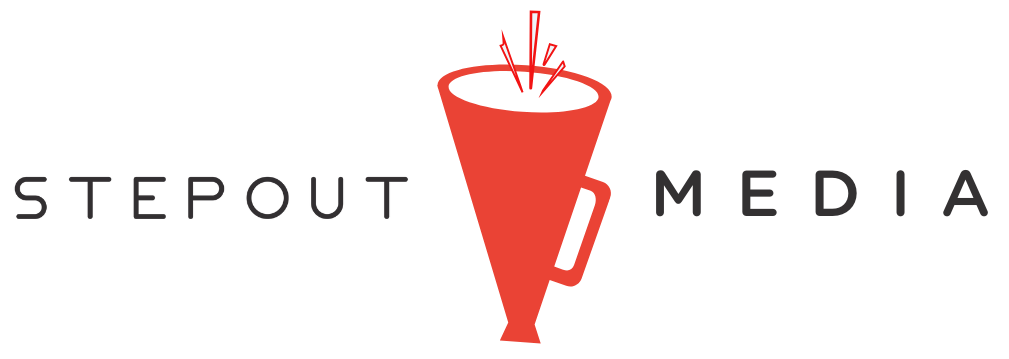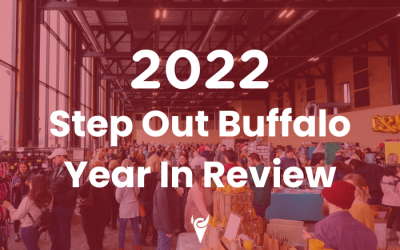Ask any business owner what they hope to achieve on their business’s Instagram account, and it’s probably something along the lines of: Gain more followers, increase overall reach, or improve audience engagement.
That’s great, but what if you’ve tried what feels like every strategy in the book to grow your Instagram— like hosting giveaways, collaborating with other local businesses, and posting regularly— yet it still feels like nothing’s working?
Sure, it might be easy to just blame it on the ever-ambiguous algorithm (which never seems to be on anyone’s side). Or, it could be time to take a step back and dig into your Instagram Analytics— especially if you’ve never taken the time to look at them before.
One of Step Out Buffalo’s most-reached posts with 86,612 people reached
What is Instagram Analytics?
Instagram Analytics is a free tool provided by the platform for business accounts that helps you better understand your audience and the way that they interact with the content that you post.
A few of the metrics you can take a look at include:
- Accounts reached
- Accounts engaged
- Audience location (most popular cities & countries)
- Audience age range & gender
- Top stories/posts and impressions
- Profile visits
- Website visits
- Email button taps
- & more!
As long as you have a business account set up, you can access the analytics section by simply clicking the “Insights” button on your profile.
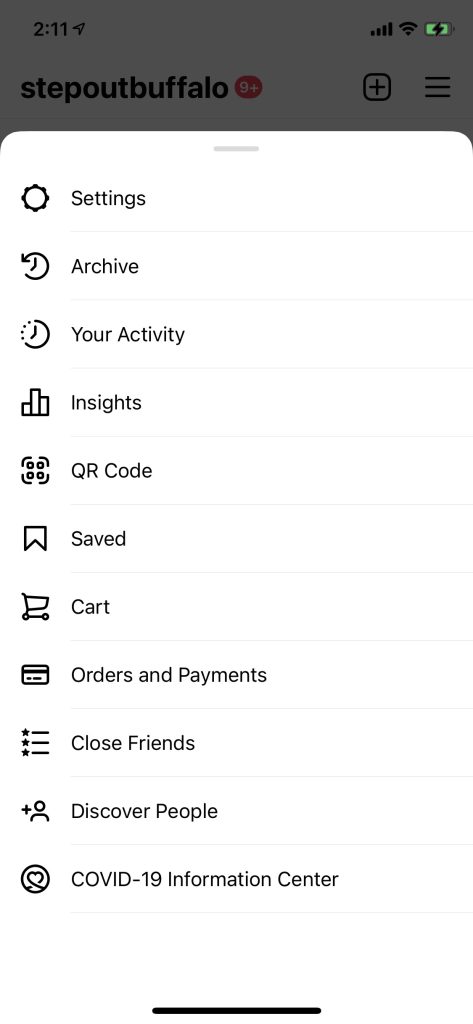
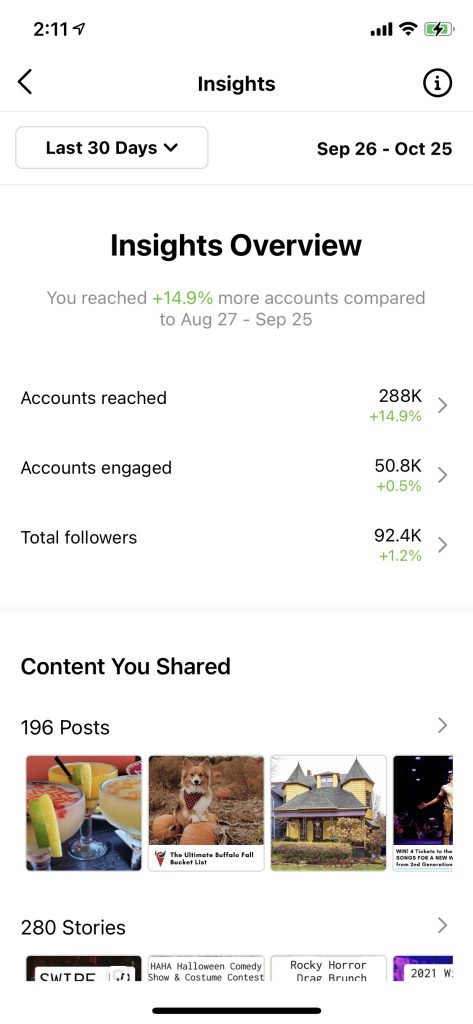
Why Instagram Analytics Matters
Regardless of what type of business you run, digging into your Instagram Analytics is essential and beneficial to all small businesses.
That’s because understanding 1) who your audience is 2) where your audience is and 3) what content resonates with them is a solid and necessary foundation for any type of digital marketing campaign, whether that’s on social media or otherwise.
For example, women wouldn’t be the best audience for niche beard-care products, and college-age students who don’t have any kids wouldn’t be the ideal audience for parenting products like diaper bags or baby clothes.
These seem like no-brainers, but when you’re busy running a business and wearing all of the different hats that come with that, it’s easy to forget to take time to really research your audience. Understanding your analytics will help you create content that actually resonates with your audience, which will lead to that increased growth and engagement on the platform you’re looking for. So it’s a win-win!
What Are the Most Important Measures to Track in Instagram Analytics?
If numbers and data aren’t your thing or if you’ve never used Instagram Analytics before, it can be hard to know where to start. But don’t worry— we’ve got you.
Here are 4 beneficial KPIs you should start looking at right away:
1. Instagram Follower Growth Over Time
Why it’s important: Want to increase your reach on Instagram? Growing your follower count is one of the most sure-fire ways to do just that.
You don’t want to just look at your follower growth at random, though- you want to look at it over a longer span of time and continue to monitor it regularly.
Over time, pay attention to any spikes in followers. What was your business up to at that time? What ads were you running? Maybe you were involved in a fun pop-up or had a really successful collaboration with another local business. Try to see if you can come up with any patterns and recreate what worked as often as possible.
Where to find this KPI: Follower count can be found by going to Insights -> Total Followers, or by simply looking at your Instagram profile.
One of Step Out Buffalo’s posts* that gave us 294 new followers (*this post as boosted)
2. Top Performing Posts
Why it’s important: Simply put, your top performing Instagram posts and stories show you what resonates best with your audience.
That doesn’t mean you can’t create other things sometimes, just that you might want to focus your effort on leaning into what already works well so you’re not constantly reinventing the wheel when it comes time to create content.
Where to find this KPI: Insights -> Scroll down to Content You Shared -> See insights on Reels, Stories, Posts, etc.
One of Step Out Buffalo’s most-interacted with posts with 11,414 total interactions
3. What Time Your Followers Are Online / Most Active
Why it’s important: Everyone’s got their own opinion on when the best time to post on Instagram is. But in reality, the best time to post will vary from business to business because you’re likely trying to reach different audiences with different lifestyles, preferences, and daily schedules.
If you can nail down certain times when your ideal audience is actually online and actively engaging with content, your posts and stories will perform better. It’s as simple as that!
Where to find this KPI: Insights -> Total Followers -> Scroll down to Most Active Times
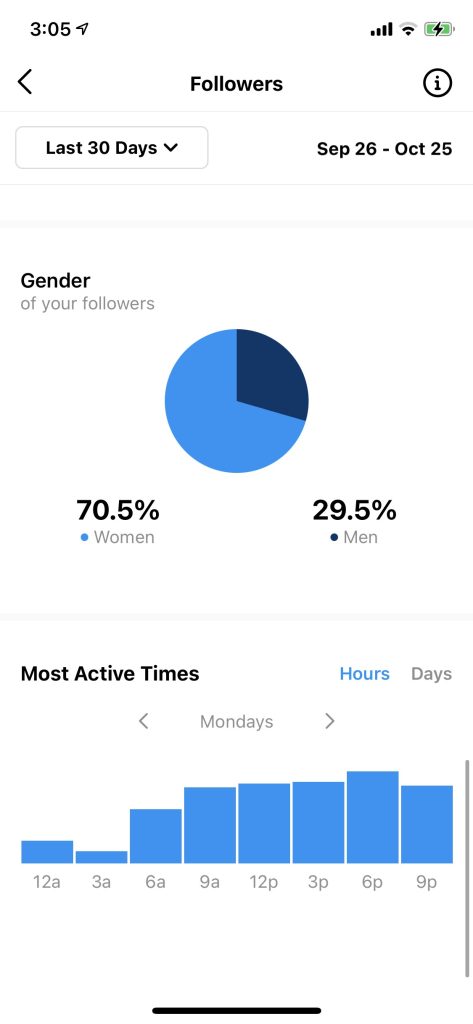
4. Branded Hashtags / Location Mentions
Why it’s important: If you’re a business with a physical location, you can really use hashtags and location tagging to your advantage. When a customer posts an awesome photo of your business, simply repurpose this user-generated content and reshare it on your own channel.
Not only is it additional content for you (that you didn’t have to work hard to create), but people typically get excited when they see their photos shared by a business they like, and might even share your post in return!
Just make sure to get their approval first and properly credit the photo, of course!
Where to find this KPI: Technically, you won’t be able to find these in the Instagram Insights section, but it’s an honorable mention because of how useful they can be.
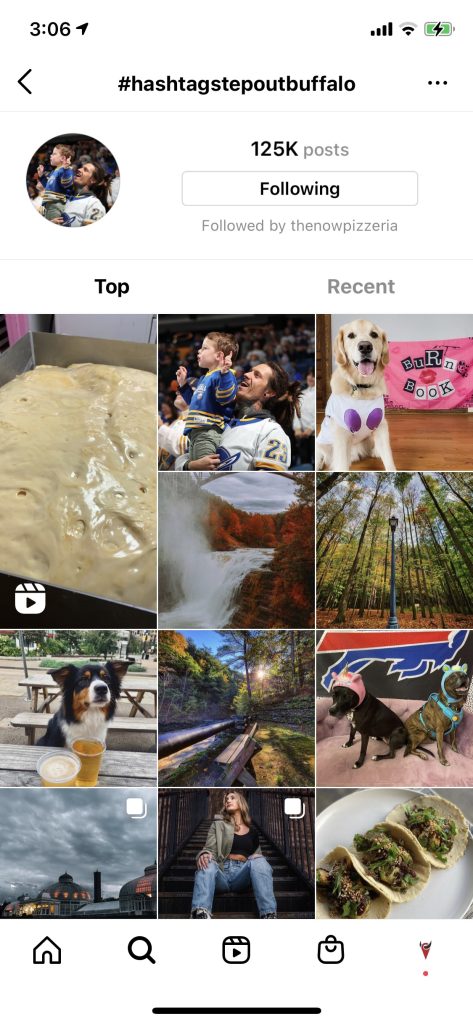
You can manually track location mentions hashtags by typing them into the search bar. We recommend following certain hashtags your business uses so they show up in your feed automatically.
